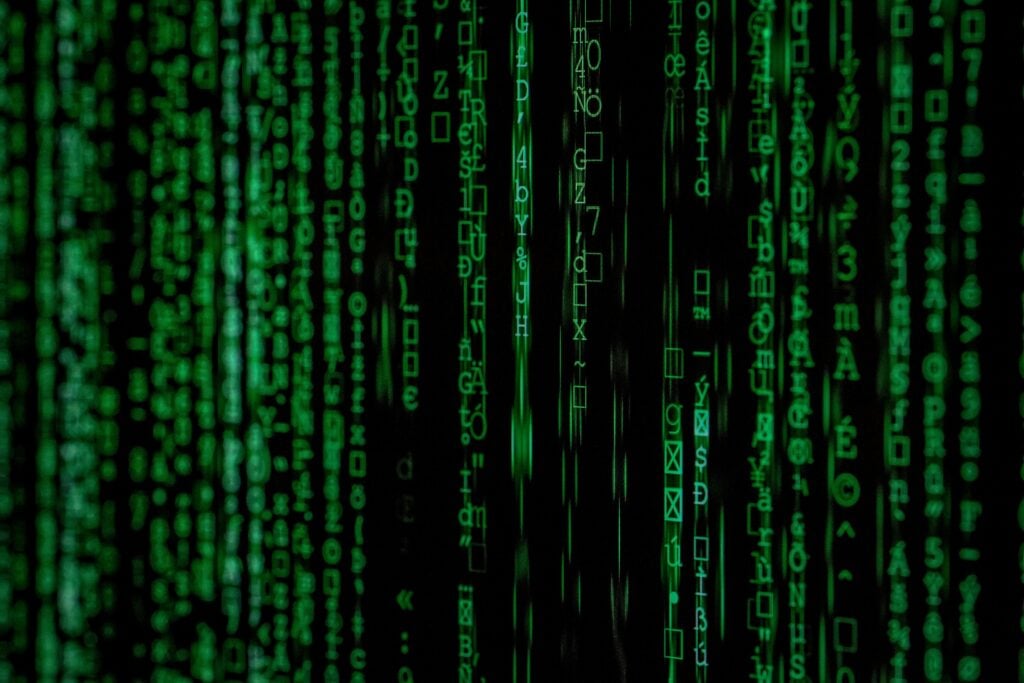CrowdStrike Outage Analysis: What Happened & What’s Next
Complete analysis of the July 2024 CrowdStrike outage: root causes, global impact, recovery strategies, and prevention measures
On July 19, 2024, a faulty CrowdStrike Falcon sensor update triggered one of the largest IT outages in history, causing widespread Windows system crashes across industries worldwide. This incident highlighted critical vulnerabilities in our dependence on automated security updates and demonstrated the cascading effects of single points of failure in modern cybersecurity infrastructure.
The July 2024 CrowdStrike Outage: Timeline and Scale
The outage began in the early hours of July 19, 2024 (UTC), when CrowdStrike deployed a routine Falcon sensor update that contained a critical configuration error. This update was automatically pushed to millions of Windows systems worldwide, causing immediate Blue Screen of Death (BSOD) errors and rendering devices inoperable.
Outage Timeline
| Time (UTC) | Event | Impact |
|---|---|---|
| 04:09 | Faulty Falcon sensor update deployed | Global rollout begins automatically |
| 04:30 | First reports of Windows crashes surface | Initial system failures reported |
| 05:27 | CrowdStrike identifies the issue | Investigation and fix development begins |
| 05:27 | Defective update rolled back | New installations stopped |
| 06:00+ | Manual recovery efforts begin | IT teams worldwide start remediation |
Global Impact Statistics
- 8.5 million Windows devices affected globally
- 24,000+ flights cancelled or delayed worldwide
- Healthcare systems disrupted across multiple countries
- Financial institutions experienced trading and payment delays
- Emergency services forced to revert to manual operations
⚠️ Critical Finding: Single Point of Failure
The outage demonstrated how a single vendor’s mistake could simultaneously impact millions of systems across critical infrastructure sectors, highlighting dangerous over-reliance on automated security updates.
Root Cause Analysis: What Went Wrong
The outage resulted from a configuration file error in the CrowdStrike Falcon sensor that caused the software to crash Windows systems during boot. This section examines the technical and procedural failures that led to the global disruption.
Technical Root Cause
- Faulty Channel File – The update contained a corrupted configuration file (C-00000291*.sys)
- Kernel-Level Crash – The malformed file caused Windows kernel crashes during system boot
- Boot Loop Creation – Affected systems entered continuous restart cycles
- Driver Signature Issues – The faulty driver interfered with Windows startup processes
Procedural Failures
| Failure Point | What Should Have Happened | What Actually Happened |
|---|---|---|
| Testing | Comprehensive pre-deployment testing | Insufficient validation of configuration files |
| Gradual Rollout | Phased deployment with monitoring | Immediate global deployment |
| Quality Gates | Multiple validation checkpoints | Automated systems bypassed manual review |
| Rollback Capability | Instant rollback mechanisms | Manual intervention required for recovery |
Why It Spread So Quickly
- Automated Global Deployment – No geographical or temporal staging
- Kernel-Level Access – CrowdStrike operates at the deepest Windows system level
- Immediate Boot Impact – Systems crashed before IT teams could intervene
- Widespread Adoption – CrowdStrike’s large enterprise customer base amplified the impact
Industry Response and Recovery Efforts
The coordinated response from Microsoft, CrowdStrike, and IT teams worldwide demonstrated both the severity of the crisis and the resilience of the global technology ecosystem when faced with widespread system failures.
Microsoft’s Immediate Response
- Emergency Guidance Published – Detailed recovery instructions released within hours
- Direct CrowdStrike Collaboration – Joint engineering teams worked on resolution
- Recovery Tool Development – Automated recovery utilities created and distributed
- Customer Support Escalation – 24/7 support resources mobilized globally
Recovery Process for IT Teams
# Manual Recovery Steps (Safe Mode)
1. Boot Windows into Safe Mode
2. Navigate to C:\Windows\System32\drivers\CrowdStrike
3. Delete files matching pattern: C-00000291*.sys
4. Restart system normally
# Alternative Recovery Method
1. Boot from Windows Recovery Environment
2. Open Command Prompt
3. Navigate to system drive
4. Delete faulty CrowdStrike files
5. Restart systemRecovery Challenges by Sector
| Sector | Primary Challenge | Recovery Time | Business Impact |
|---|---|---|---|
| Aviation | Real-time flight management systems | 12-24 hours | Massive flight cancellations |
| Healthcare | Patient care system access | 4-8 hours | Delayed surgeries and appointments |
| Banking | Trading platform stability | 2-6 hours | Trading delays and transaction issues |
| Retail | Point-of-sale system failures | 6-12 hours | Store closures and payment issues |
Lessons Learned and Prevention Strategies
The CrowdStrike outage revealed critical vulnerabilities in our cybersecurity infrastructure and highlighted the need for more resilient deployment practices. Organizations must now reassess their dependency on automated security updates and implement stronger safeguards.
Key Takeaways for Organizations
💡 Critical Improvements Needed
- Staged Rollouts: Implement gradual deployment strategies with monitoring checkpoints
- Automated Rollback: Develop instant rollback capabilities for critical system updates
- Diverse Security Stack: Avoid single-vendor dependency for critical security functions
- Enhanced Testing: Establish comprehensive pre-deployment validation procedures
- Emergency Procedures: Create detailed incident response plans for vendor-caused outages
Recommended Prevention Measures
| Prevention Strategy | Implementation | Risk Reduction |
|---|---|---|
| Phased Deployment | Deploy updates to test groups before production | Limits blast radius of faulty updates |
| Vendor Diversification | Use multiple security vendors for critical functions | Eliminates single points of failure |
| Update Scheduling | Control timing of automatic security updates | Allows preparation and monitoring |
| Offline Recovery | Maintain offline recovery tools and procedures | Enables recovery when network-based tools fail |
| Business Continuity | Develop manual fallback procedures | Maintains operations during outages |
Future of Cybersecurity Infrastructure
The CrowdStrike outage serves as a watershed moment for the cybersecurity industry, prompting fundamental changes in how organizations approach security vendor relationships, update management, and infrastructure resilience.
Industry Changes Expected
- Enhanced Vendor Standards – Stricter quality assurance requirements for security vendors
- Regulatory Updates – New compliance requirements for critical infrastructure protection
- Improved Coordination – Better collaboration between vendors, Microsoft, and enterprise customers
- Technology Evolution – Development of more resilient security architectures and deployment mechanisms
CrowdStrike’s Response and Improvements
- Enhanced Testing Protocols – Comprehensive validation before any production deployments
- Gradual Rollout Implementation – Staged deployment with monitoring and rollback capabilities
- Customer Control Options – More granular control over update timing and deployment
- Improved Communication – Better transparency and notification systems for updates
This incident ultimately strengthens the cybersecurity ecosystem by highlighting critical vulnerabilities and driving improvements in vendor practices, customer controls, and industry-wide resilience standards. Organizations that learn from this event and implement appropriate safeguards will be better positioned to handle future challenges in our interconnected digital infrastructure.
Elevate Your IT Efficiency with Expert Solutions
Transform Your Technology, Propel Your Business
Unlock advanced technology solutions tailored to your business needs. At InventiveHQ, we combine industry expertise with innovative practices to enhance your cybersecurity, streamline your IT operations, and leverage cloud technologies for optimal efficiency and growth.

